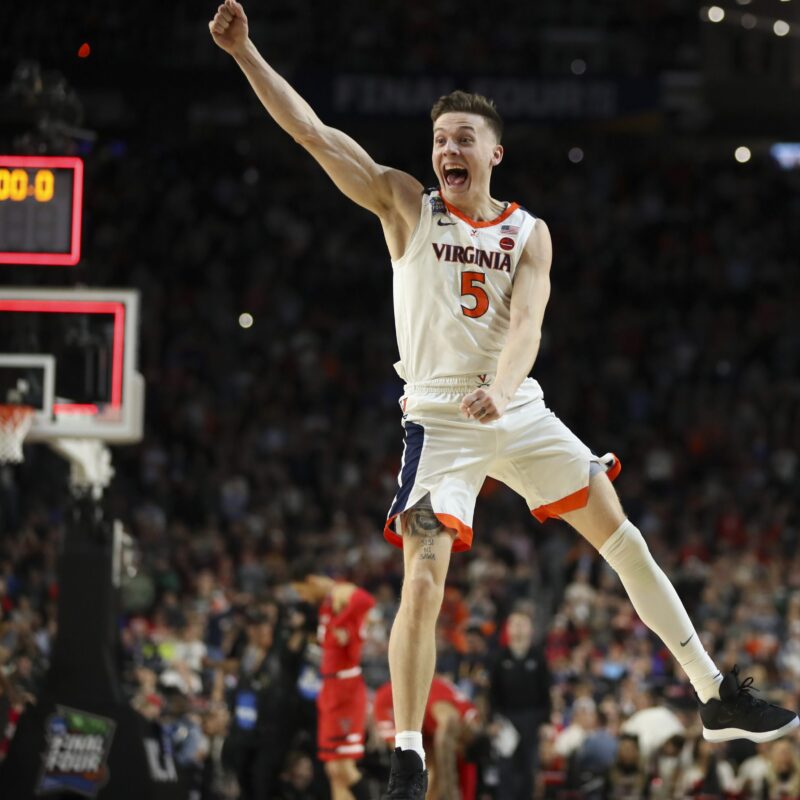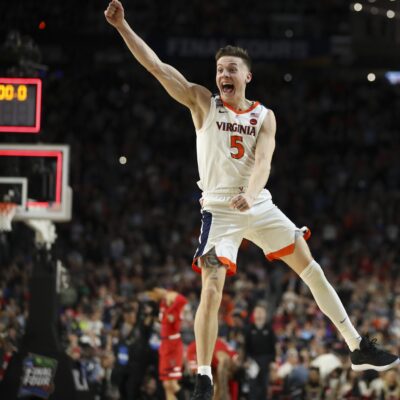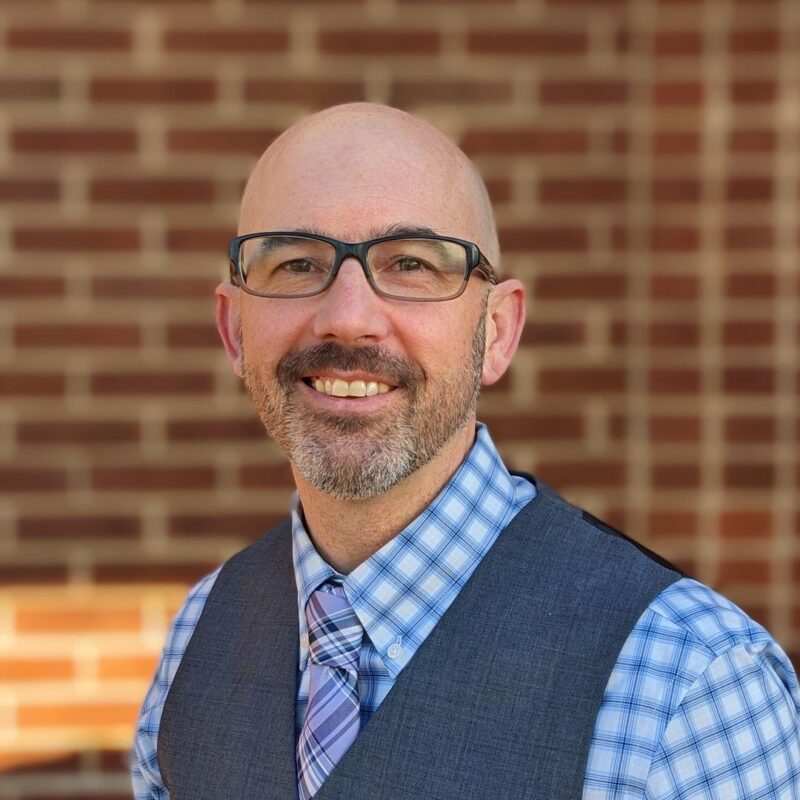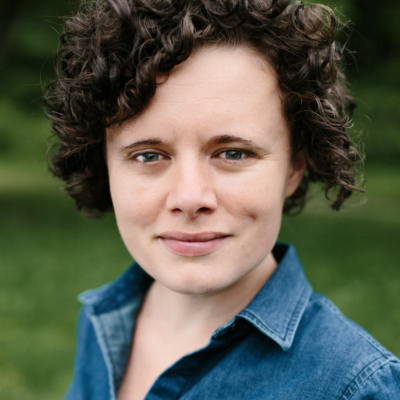UVA President John T. Casteen has said that he finds it difficult to predict what his successor will have to worry about. “I think that presidents who try to meddle in and predict what comes after them inevitably botch it up,” said Casteen at a recent press conference. Perhaps with that in mind, he invited three leaders in higher education to speak October 5 to the Board of Visitors special committee on planning: James Moeser, current chancellor of UNC-Chapel Hill and former chancellor of the University of Nebraska; Hunter Rawlings III, former president of Cornell University and the University of Iowa; and John Vaughn, who is the executive vice president of the Association of American Universities.
The speakers were concise, and each targeted a handful of areas of special consideration. Particularly engaging were Moeser and Rawlings, as each had little to lose in speaking honestly. Moeser has already announced that he’s stepping down after eight years—the average length of a college president—while Rawlings is now a professor emeritus at Cornell and also teaches in UVA’s classics department.
“Now that I’m a faculty member, I can be very candid,” said Rawlings. China has to be a priority, he said. He called the low pay for K-12 teachers a “public disgrace,” and said that schools like UVA need to invest more in graduate students. Noting that at Cornell, almost all classes had grad students run extra review sessions for undergrads, Rawlings pointed out that at UVA that practice is “not nearly as pervasive as it should be.”

Hunter Rawlings III, former president of Cornell and the University of Iowa, had clear messages for the Board of Visitors. Among them: “There’s a huge amount of inertia in the academy,” said Rawlings. “Once something is in, we never want to take it out.”
|
Moeser said that a huge issue on the horizon is the competition to fill faculty spots. With retirement, growth and the usual attrition, Moeser said that UNC is looking at replacing 2,000 faculty members in the next 10 years. “Meanwhile, I suspect that your faculty demand is very similar, and so is every other major research university in this country. Which means we’re going to face a very heated competition.”
Members of the Board of Visitors had practical questions. After several of the speakers spoke of the need for large, expensive science buildings, one member asked what would be the end game for this academic arms race. The heated competition for resources means that in the end “there were will be fewer institutions of true distinction,” said Moeser. Rawlings agreed. “Some private universities, and just a small handful of public universities, have pulled pretty far ahead of the rest. So this differential has become acerbated over the last five years.”
The speakers suggested that what that could mean for schools like UVA is that there will have to be some cutbacks somewhere—schools can’t be the best at everything. At UNC, said Moeser, “We need to have…a very painful process of internal reallocation of our existing resources.” In other words, the university is going to have to trim some departments and endeavors.
But when it comes to what to put in their place, those new initiatives cannot be top down, said Rawlings, who also said that the silo effect of academics makes true collaboration difficult across both departments and institutions. Yet BOV member Gordon Rainey, who has been a leader in fundraising for the $3 billion capital campaign, told the presidents that donor driven programming is coming.
“The wealth that has been created in this country in the last 10 years,” said Rainey, “and the desire of a lot of wealthy people to really do something for mankind ought to be able to combine with the scientific expertise you have and not get too caught up with which institution it’s in, if we really do want to find cures for these diseases.”
C-VILLE welcomes news tips from readers. Send them to news@c-ville.com.





